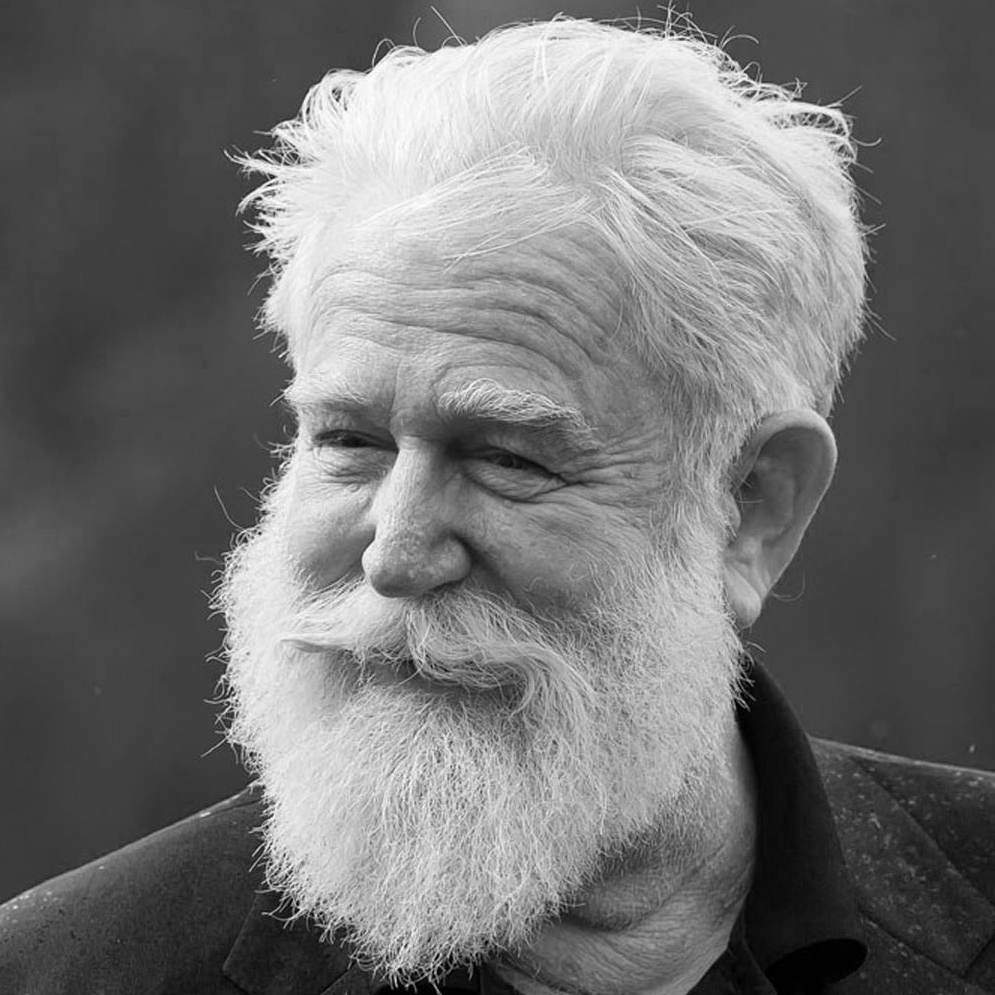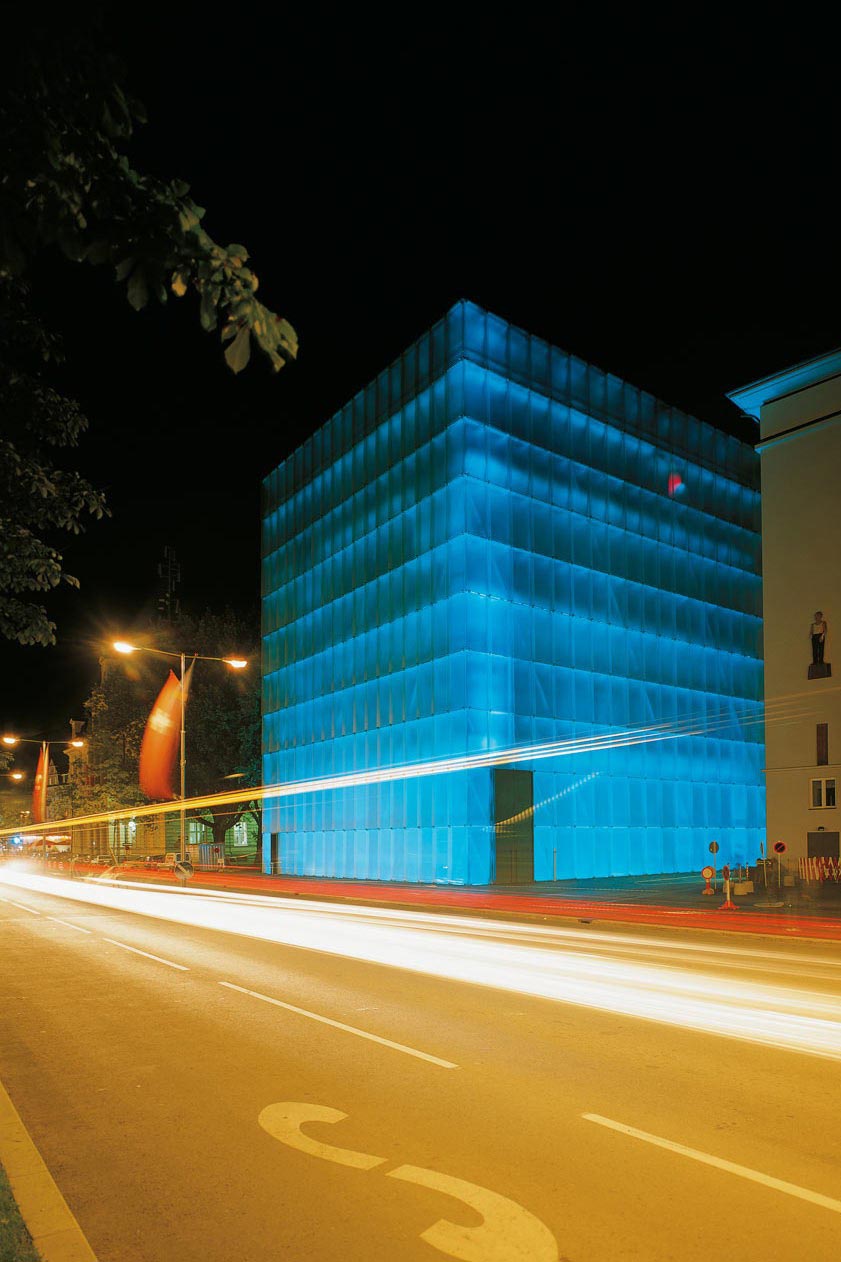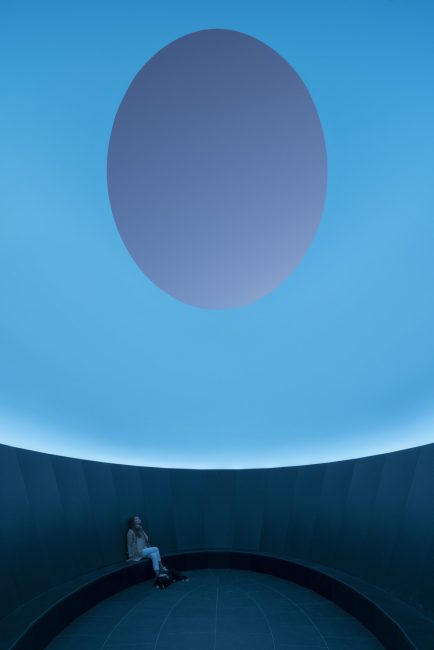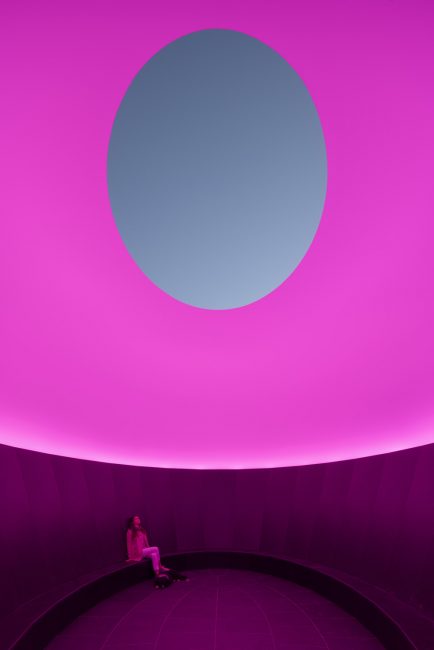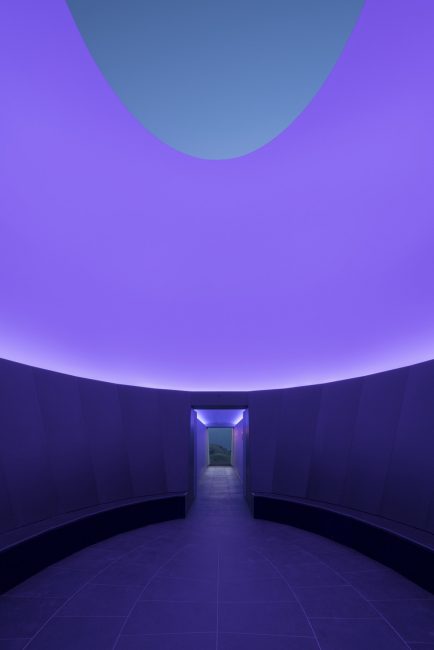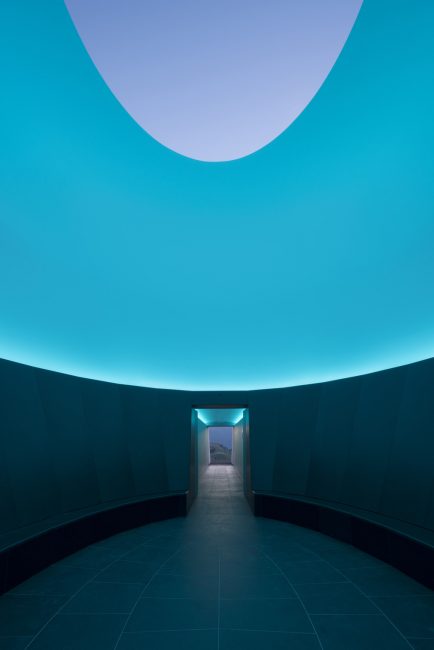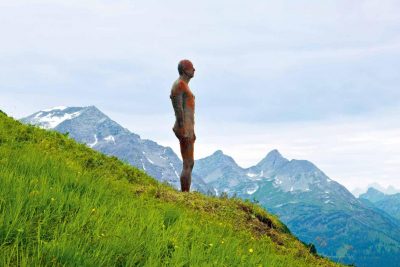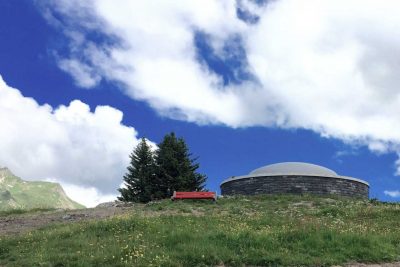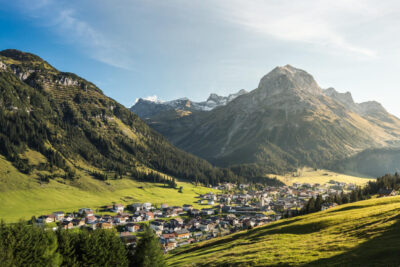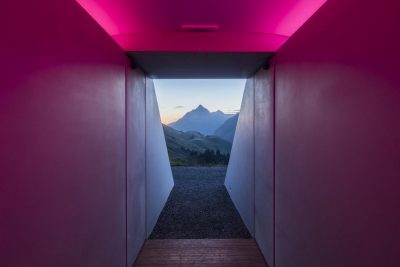James Turrell – the light artist
James Turrell is one of the most significant artists of the present. His atmospheric installations revolve around the sensual and spiritual perception of light. The artist’s light rooms are soft compositions that enable visual and emotional experiences for the visitors, and the Skyspace-Lech embodies this idea. The combination of building and landscape, culture and nature- the manmade and the natural- form the starting point for intensive personal experiences and observations.
Skyspaces – lightrooms open to the sky
James Turrell’s works on the Skyspaces started in the 1970s. In these installations, natural and artificial light as well as color and space meet and open the spirit of contemplative observation. This series encompasses more than 75 publicly accessible sky observatories worldwide. Turrell developed the Skyspaces as autonomous structures, as well as within existing buildings. Through the specific cultural and spiritual context of the sky, the artist opens up a spiritual perspective.
Sky, light, space, and time melt into a physically sensual and mentally existential experience. In the time of fast and superficially consumed pictures, these variables lead viewers in to a meditative frame of mind as they immerse themselves in the experience.
Roden Crater – the sky above the dessert
Since the 1970s, the artist has worked on his life’s work, an extinguished crater in Arizona that is comprised of tunnels, underground spaces and so called “Skyspaces”, or roof-openings in the sky. The area around the “Roden Crater”, a landscape between the Grand Canyon and the Painted Desert, was found and purchased by the artist in 1974 after months of searching by plane. Since then, Turrell has been transforming the volcanic cone by leveling the crater edge, digging tunnels, and building platforms. Chambers, shafts, and openings point towards the sky, guiding the light. Turrell extensively refers to sites such as Machu Picchu, the Pyramids of Egypt, or the Temples of Yucatan, highlighting especially the spiritual and emotional experiences that humans encounter at these sights.

